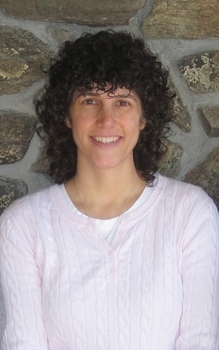We do not always have the luxury of having a comprehensive multidisciplinary evaluation team when we are doing wheelchair seating and mobility. Ideally, we want to, but the drawback of doing so is that we need to coordinate a lot of people's schedules and it can take a lot of time. The advantage, of course, is that if this was your loved one, you would want all that attention and time to make sure that you are getting really the best recommendation.
The team could include the client, caregivers and clinicians. Often clinicians involved are occupational and physical therapists, the equipment supplier, sometimes a manufacturer representative, and we may have other people join us as well.
Scope of Service
Most wheelchair seating falls under an area of durable medical equipment called complex rehab equipment. Usually people are not using wheelchairs out of a fleet; they need a wheelchair that is customized to meet their needs. This creates this separate area, and it has to do with funding and regulations.
As clinicians, it is very important to understand the importance of appropriate positioning for our clients. We need to understand the clinical implications of good positioning and not so good positioning. We also need to recognize when the seating system is not meeting a client's needs and that additional intervention is required.
Specialized Training
Assessment for the wheelchair seating requires some additional training. Most of the time clinicians who perform seating assessments for complex rehab equipment typically have additional training, experience, and may even be certified in this area of practice.
You may or may not have heard of RESNA. RESNA is the Rehabilitation Engineering and Assistive Technologies Society of North America. It is the main professional organization for people who work in assistive technology, and a big part of assistive technology is wheelchair seating and mobility. RESNA has two main certification programs right now. There are prerequisites for each of these certifications. After meeting these prerequisites and filling out an application, the clinicians must sit for an examination. If that is passed, then you are awarded this additional certification. Their two certifications are Assistive Technology Professional or ATP, and more recently, Seating and Mobility Specialist or SMS. Some funding sources require that someone have their ATP in order to prescribe or recommend some of this equipment.
Another important resource when you are working with a client who needs complex rehab equipment is an equipment supplier who specializes in that area. This person will have specialized training, experience, and certification as well. For suppliers, those certifications include Certified Complex Rehabilitation Technology Supplier or CRTS, and this is awarded through a group called NRRTS. It is a professional organization for rehabilitation technology suppliers. People within NRRTS who are pursuing their CRTS have to also receive their ATP through RESNA. So most of the suppliers who work in complex rehab are dual certified. It is certainly very appropriate for us to ask a supplier "Do you have these certifications?" to make sure that they have the experience necessary to work with these more complex clients.
